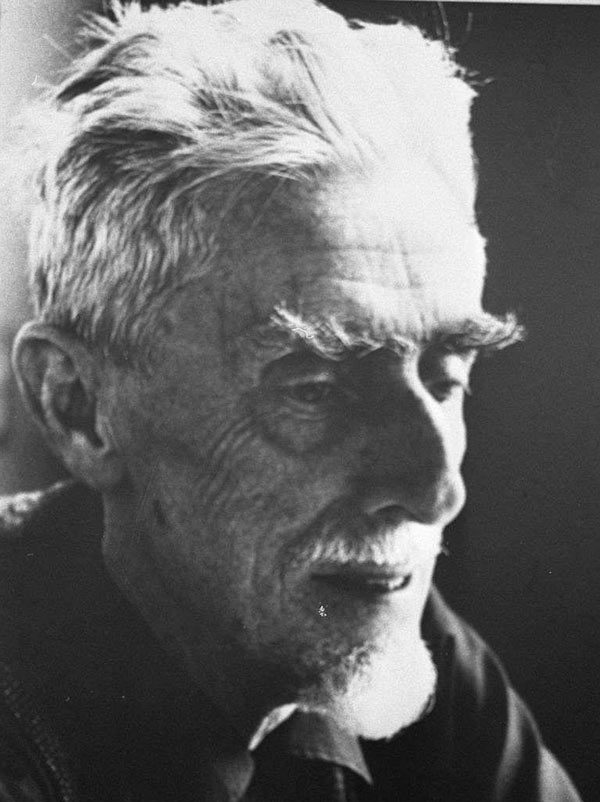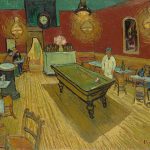
Maurits Cornelis Escher, known by his initials M.C. Escher, was a Dutch graphic artist born on June 17, 1898, in Leeuwarden, Netherlands. Escher’s intricate and mind-bending works have left an indelible mark on the world of art, particularly in the realms of mathematics and optical illusions. His innovative approach to visualizing mathematical concepts and his exploration of impossible spaces have made him a celebrated figure in the world of geometric art.
Escher’s early years were marked by a passion for graphic art, an interest he developed during his childhood. His family’s move to Arnhem provided him with the opportunity to attend the School for Architecture and Decorative Arts in Haarlem. However, Escher’s aversion to the strict discipline of traditional art education led him to leave the school.
Inspiration in Granada
In 1922, Escher traveled extensively through Italy, where he developed a deep appreciation for the intricate mathematical patterns found in the architecture of the Islamic Alhambra palace in Granada, Spain. This experience significantly influenced his later works, inspiring the intricate tessellations and geometric patterns for which he would become famous.
Escher’s marriage to Jetta Umiker in 1924 marked a period of financial struggle for the couple. Despite the challenges, Escher continued to refine his unique artistic vision. His exploration of tessellations, where shapes fit together seamlessly without gaps or overlaps, became a hallmark of his work. Notable examples include “Metamorphosis I” and “Reptiles.”
The artist’s relocation to Switzerland in 1935 coincided with the emergence of his fascination with impossible constructions. Escher’s “Relativity” and “Ascending and Descending” exemplify his ability to create visually perplexing scenes that defy the laws of gravity and perspective. These works not only showcase his technical prowess but also his keen understanding of mathematical concepts.
Popularity Boom
Escher’s popularity surged in the 1950s and 1960s, fueled by international recognition and exhibitions. His works found a diverse audience, appealing to mathematicians, scientists, and art enthusiasts alike. Escher’s exploration of infinity, reflected in pieces like “Waterfall” and “Drawing Hands,” further emphasized his ability to bridge the gap between art and mathematics.
The artist’s collaboration with mathematician Roger Penrose resulted in the creation of the famous Penrose stairs, a visual paradox that inspired Escher’s lithograph “Ascending and Descending.” This collaboration exemplified Escher’s ability to translate abstract mathematical concepts into captivating visual experiences.
Escher’s later years were marked by health issues, including respiratory problems. Despite his declining health, he continued to produce art until his death. M.C. Escher passed away on March 27, 1972, in Laren, Netherlands, leaving behind a legacy that transcends traditional artistic boundaries.
Posthumously, Escher’s work continues to captivate audiences worldwide. His contributions to the intersection of art and mathematics have earned him a lasting place in the canon of geometric and optical art. Escher’s ability to transform abstract concepts into accessible and visually stunning images has inspired generations of artists, mathematicians, and enthusiasts who marvel at the mesmerizing world he created on paper.




